Home >Common Problem >How to solve the problem that the port is occupied
How to solve the problem that the port is occupied
- 王林Original
- 2020-12-29 17:04:1845864browse
Solution to the port being occupied: 1. Execute the [netstat-ano] command in the command prompt to view the PID corresponding to the port number; 2. Open the task manager and select detailed information; 3. Find the port For the corresponding application, just end the task.

#The operating environment of this article: windows10 system, thinkpad t480 computer.
(Learning video sharing: Programming video)
Solution:
For example, close the port with port number 8888, win R, cmd and press Enter
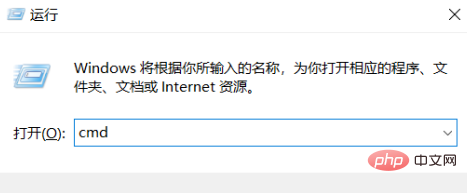
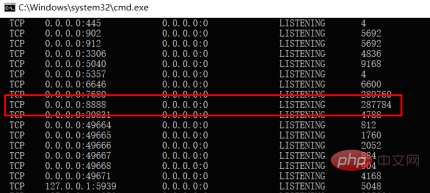
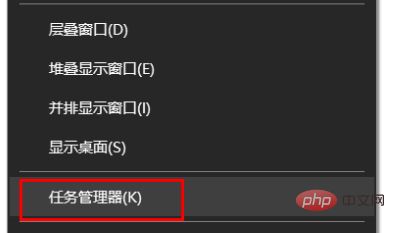
 ##The column corresponding to the PID is the port number. Click PID to arrange the ports in reverse or positive order. If the port number is small, it is in positive order, and if the port number is large, it is in reverse order.
##The column corresponding to the PID is the port number. Click PID to arrange the ports in reverse or positive order. If the port number is small, it is in positive order, and if the port number is large, it is in reverse order.
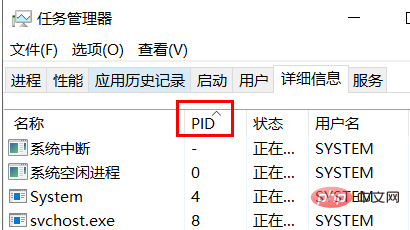 Find The application corresponding to the port
Find The application corresponding to the port
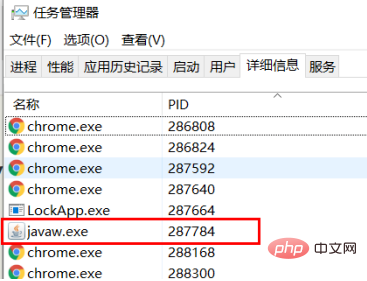 Right-click to end the task
Right-click to end the task
##Related recommendations: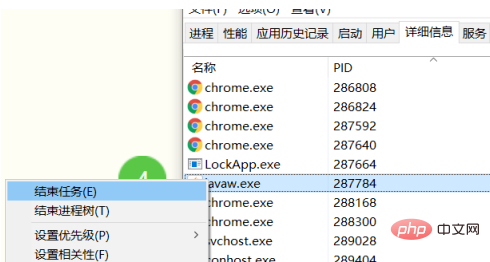 windows system
windows system
The above is the detailed content of How to solve the problem that the port is occupied. For more information, please follow other related articles on the PHP Chinese website!

